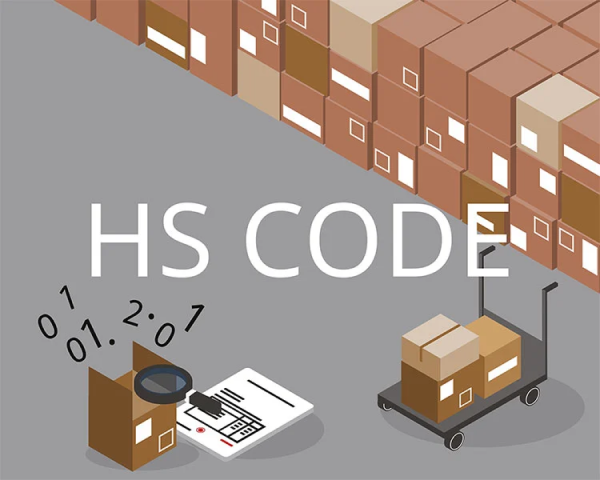The HS Code, or Harmonized System Code, is a globally recognized language of international trade. It serves as a universal classification system for products, allowing customs authorities, traders, and logistics professionals to communicate effectively. This standardized code consists of six digits, each with a specific purpose. The first two digits represent the product's category, the next two its subcategory, and the final two offer detailed product information. This structured system prevents confusion and errors, streamlining customs procedures and enhancing the efficiency of international trade.
importance of HS Code
Did you know that the HS Code classification system covers over 98% of traded goods globally? From the food we consume to the electronics we use and the clothes we wear, virtually every product that crosses international borders is assigned an HS Code. It's like a secret language of trade, enabling goods to navigate the complex web of customs regulations and logistics networks worldwide. In this interconnected world of commerce, understanding how HS Codes work can unlock a world of opportunities for businesses and individuals alike.
Power of HS Code:
- Ensures precise duty and tax payment.
- Validates product origin for rule of origin.
- Shapes tariff and trade policy decisions.
- Streamlines customs control and risk assessment.
- Enhances data collection for better economy.
HS Code Complexity in the Era of E-commerce
While HS codes are crucial in international trade and customs, they bring their own set of challenges. The growing volume of e-commerce trade,
with its diverse and unconventional products, complicates product classification. This may result in misclassifications that lead to duty calculation errors.
Additionally, the HS code system requires regular updates to accommodate evolving industries and categories, making swift adaptation essential.
 Ensuring consistent and accurate HS code application across countries can be problematic, potentially causing disparities in trade statistics and international cooperation.
The application of AI and advanced technology holds promise for automating the classification process, aiding in more accurate and efficient handling of HS codes, thus mitigating
some of these challenges.This technological advancement not only streamlines the process but also enhances data accuracy and adaptability to evolving global trade trends.
Ensuring consistent and accurate HS code application across countries can be problematic, potentially causing disparities in trade statistics and international cooperation.
The application of AI and advanced technology holds promise for automating the classification process, aiding in more accurate and efficient handling of HS codes, thus mitigating
some of these challenges.This technological advancement not only streamlines the process but also enhances data accuracy and adaptability to evolving global trade trends.
The increasing numbers of low-value shipments, driven by the growth of e-commerce, present a range of facilitation challenges. - World Customs Organization
In the dynamic realm of international trade, driven by e-commerce's constant expansion, HS codes play a vital role but also present challenges. The influx of low-value consignments has complicated classification and trade statistics. Nonetheless, technology, particularly AI, offers the potential to boost accuracy and efficiency in handling HS codes. As we confront these challenges, we anticipate a future where trade is not only smooth but also more precise and adaptable in the global marketplace


